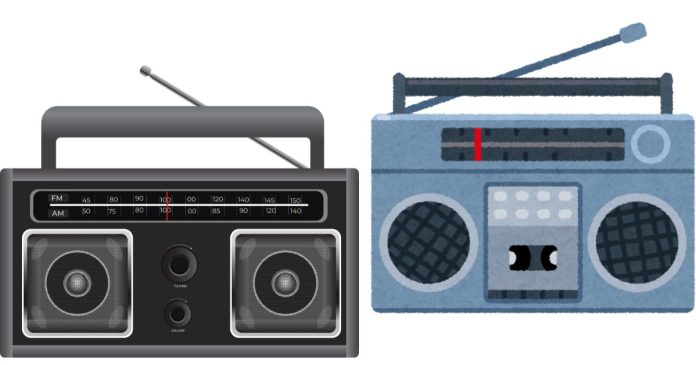The 1920s marked a transformative period for radio, as it became a powerful medium for entertainment, news, and communication. The decade witnessed the emergence of radio as a central part of daily life in the United States and other parts of the world. Here’s a look at what radio was like during this exciting and revolutionary time.
The Rise of Radio Broadcasting
In the early 1920s, radio was still in its infancy, but it quickly grew into a popular and influential form of mass communication. Several important milestones during this decade helped shape the future of radio:
- First Radio Broadcasts:
- KDKA in Pittsburgh: On November 2, 1920, KDKA became the first commercial radio station to broadcast regular programming, including the results of the U.S. presidential election. This was a pivotal moment in the history of broadcasting.
- The first-ever radio broadcast featuring music, sports, and news paved the way for other stations to follow suit.
- Technological Advancements:
- Radios in the 1920s were large, bulky, and often expensive, typically requiring a separate speaker and an external antenna for reception. They used vacuum tube technology to amplify signals, which led to clearer sound.
- Crystal sets: Some people used crystal radios, which were simple and inexpensive, though they had limited reception quality and were more of a hobbyist’s tool.
- Radio Programming:
- The programming on 1920s radio was a mix of music, live performances, news, and entertainment. This early radio content laid the groundwork for later developments in broadcasting.
- Music: Popular music, including jazz, was a major part of radio programming, reflecting the cultural excitement of the Roaring Twenties.
- Talk Shows and Drama: People also began to tune in for soap operas, dramatic performances, and comedy shows. Radio was a form of “theater of the mind,” where listeners would imagine scenes and characters in their own imaginations.
- Sports: Radio broadcasts began to feature live coverage of sporting events, such as baseball games, which became a huge draw for listeners.
The Impact of Radio on Society
- Cultural Influence:
- Radio helped spread the Jazz Age culture, bringing the sounds of jazz and blues to millions of homes. Artists like Louis Armstrong and Bessie Smith gained widespread popularity through radio.
- The 1920s was also the time when major American cities, especially New York and Chicago, became cultural hubs, with radio playing a big role in connecting these urban centers to the rest of the country.
- Social Unifier:
- For the first time, people across the country could experience the same news events, musical performances, and sports games simultaneously, creating a sense of shared experience.
- Families gathered around the radio in the evenings, enjoying broadcasts together, making it an important social activity.
- The “Golden Age” of Radio:
- The late 1920s saw the rise of radio networks, such as the National Broadcasting Corporation (NBC) and the Columbia Broadcasting System (CBS). These networks helped organize radio broadcasts and allowed listeners to tune into national programs, rather than only regional content.
- Advertisers also recognized radio’s power, and it soon became a major platform for commercial marketing. This led to the growth of radio as a business and an advertising tool.
Challenges and Limitations
Despite its rapid growth, radio in the 1920s faced challenges:
- Reception Issues: Early radios required careful tuning, and reception could be spotty, especially in rural areas.
- Regulations: The government had to regulate radio frequencies as the growing number of broadcasters caused interference. In 1927, the Radio Act of 1927 was passed, establishing the Federal Radio Commission (FRC) to regulate broadcasting and allocate frequencies.


